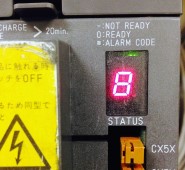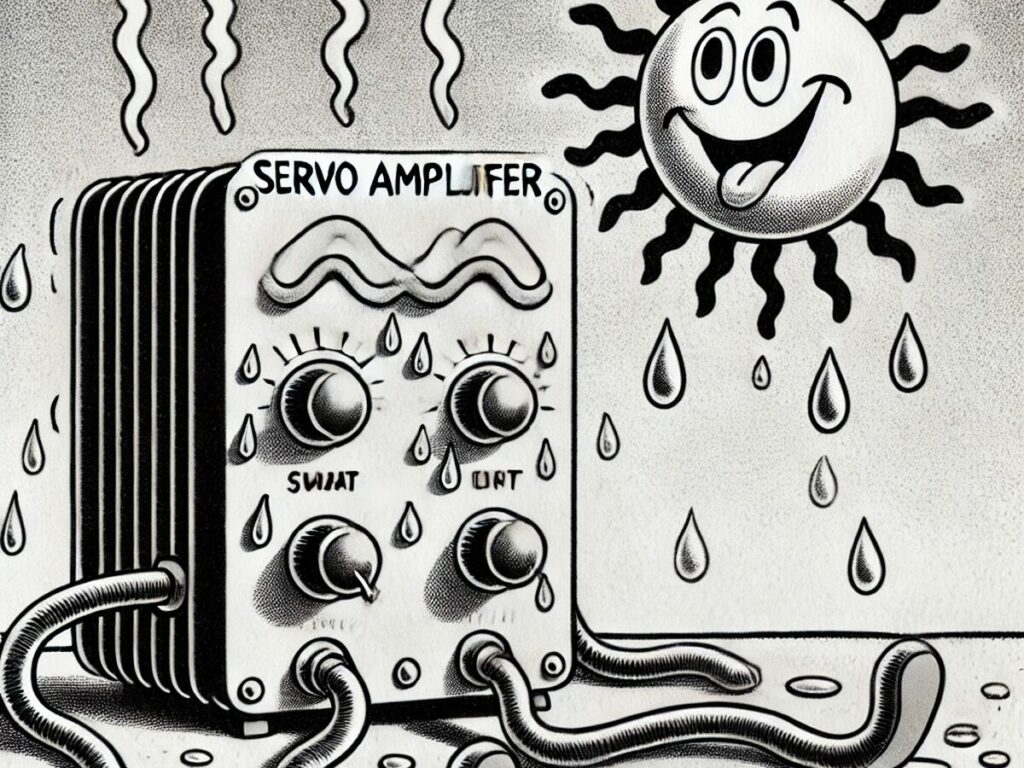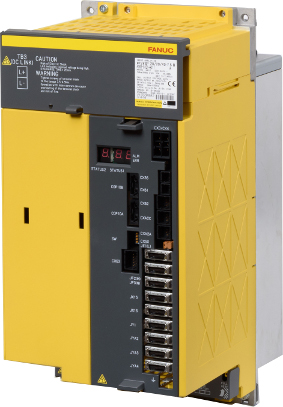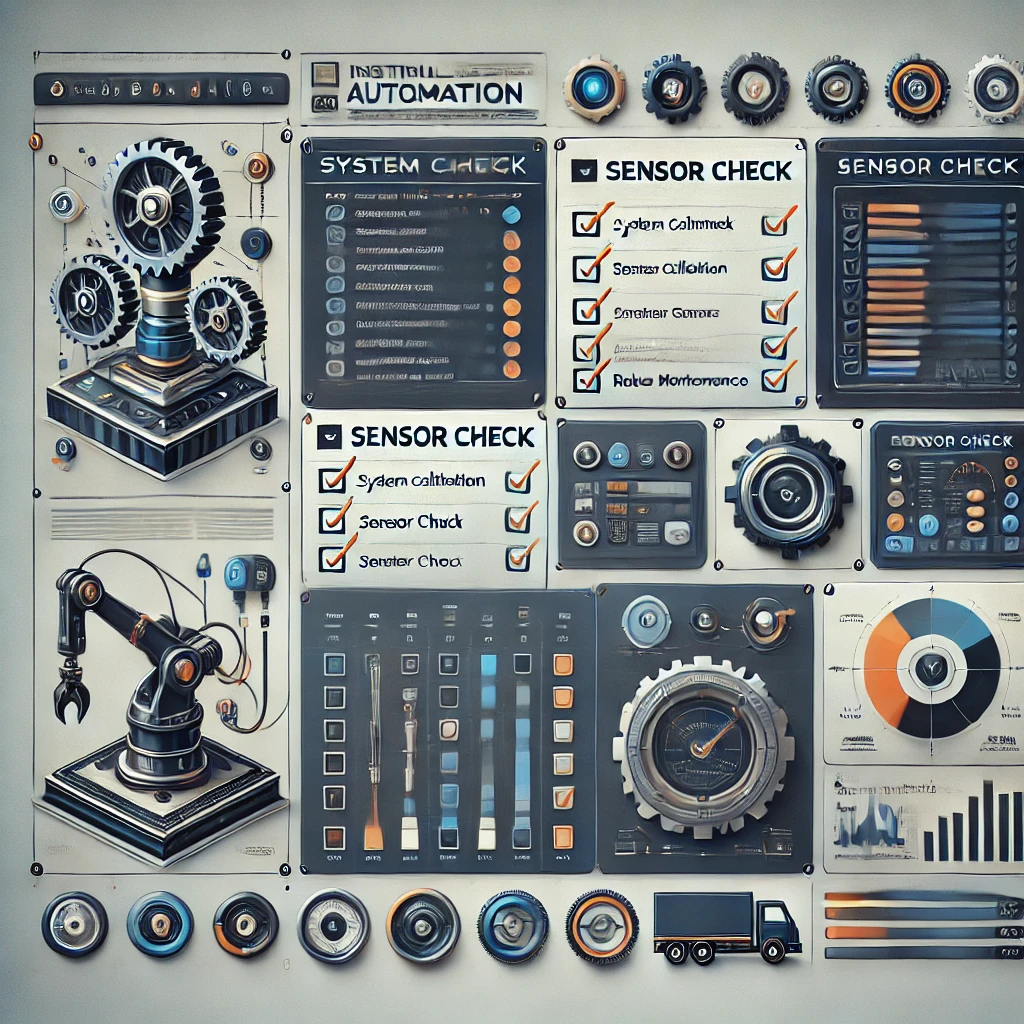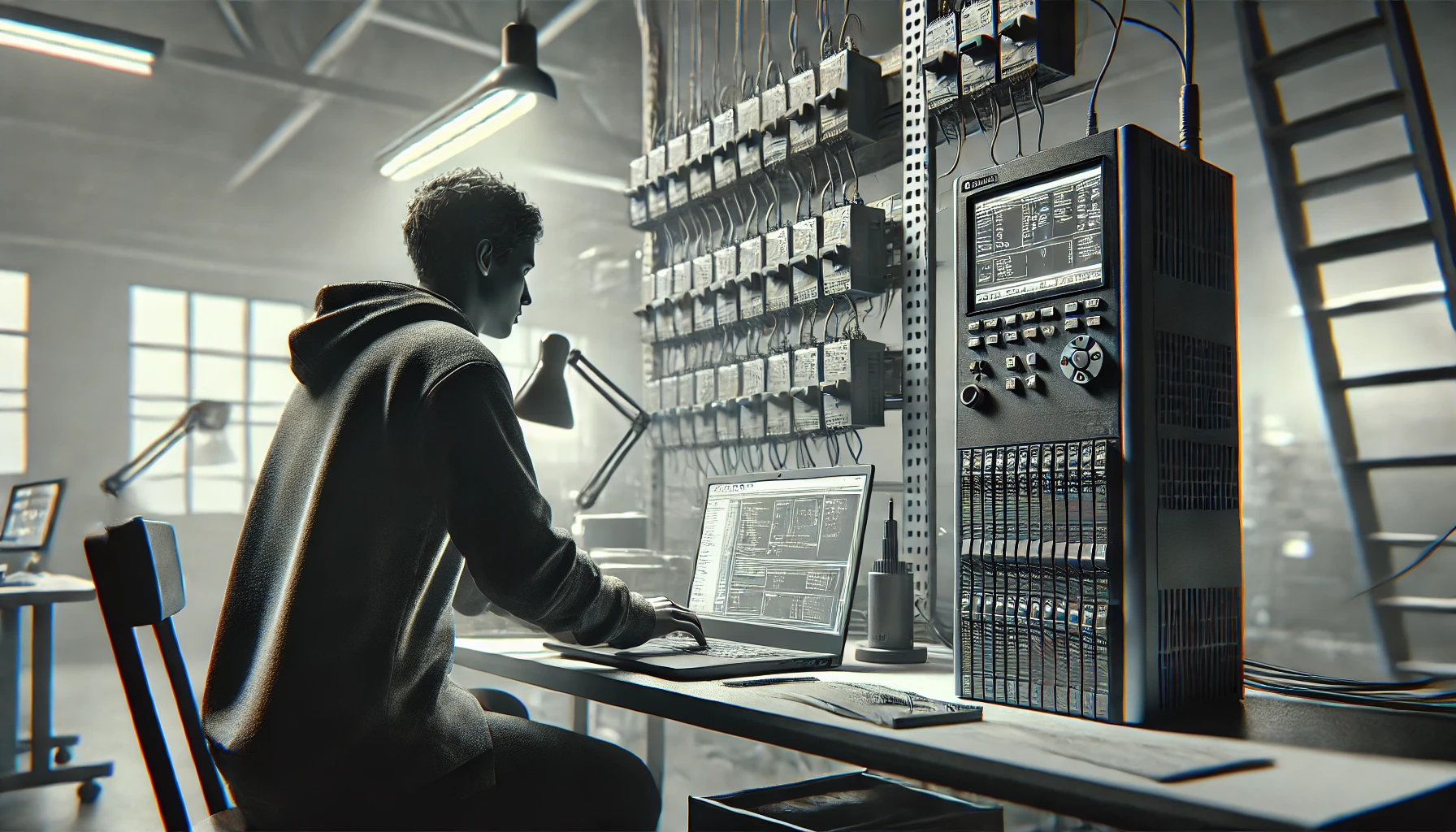In industrial automation, servo amplifiers play a crucial role in motion control systems. They ensure precise motor operation by controlling voltage and current. One of the key distinctions in servo amplifier operation is whether they use open-loop or closed-loop control. These two control strategies significantly impact system performance, accuracy, and efficiency. Understanding their differences is essential for selecting the right control method for specific applications.
Read more: Closed-Loops vs Open-Loop Control SystemLoop Control System
Before getting into the nitty gritty of knowing the differences between open and closed-loop systems, it’s probably important to establish what a loop control system is in regards to servo amplifiers. A loop control system for a servo amplifier regulates the operation of a motor by adjusting voltage and current based on a control algorithm. This system ensures the motor performs as intended by operating in either an open-loop or closed-loop configuration.
Open-Loop Control System
An open-loop control system operates without feedback, meaning the servo amplifier sends commands to the motor without verifying whether the desired motion has been achieved. This approach is simpler and cost-effective, often used in applications where high precision is not a priority. Open-loop systems are commonly found in stepper motor applications, where a predefined sequence of electrical pulses determines movement. However, these systems are susceptible to inaccuracies due to external disturbances, such as load variations or mechanical wear, since they lack a mechanism to correct errors.
Closed-Loop Control System
A closed-loop control system continuously monitors and adjusts motor performance. They perform this using real-time feedback from sensors like encoders or resolvers. Unlike open-loop systems, closed-loop control measures actual motor position, speed, or torque and compares it to the desired set-point. This allows the servo amplifier to make instant corrections if deviations occur. The results are higher accuracy, improved stability, and better responsiveness. This makes closed-loop systems ideal for precision applications such as robotics, CNC machines, and industrial automation. By compensating for disturbances, mechanical variations, and load changes, closed-loop servo amplifiers enhance reliability and efficiency, though they require more complex hardware and tuning compared to open-loop systems.
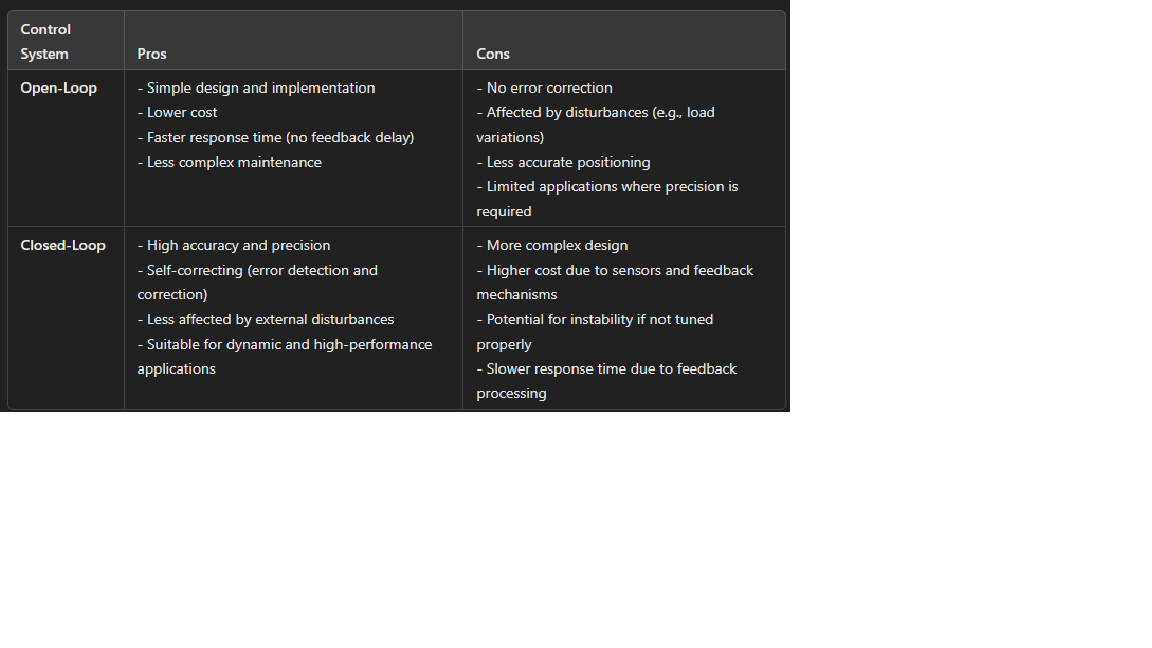
Conclusion
The choice between open-loop and closed-loop control ultimately depends on the application’s requirements. Open-loop systems are suitable for cost-sensitive applications where precision is not critical. In contrast, closed-loop systems excel in environments demanding accuracy, adaptability, and reliability. As automation technology advances, closed-loop control is becoming increasingly prevalent, offering enhanced efficiency and performance across various industries.
Having Issues With Your Servo Amplifier?
Do you have a servo amplifier not breaking down or not working? Let our team of experts help you get back up and running as soon as possible.
